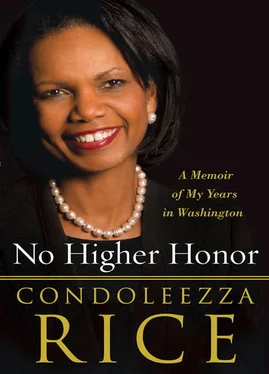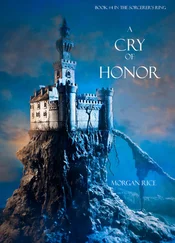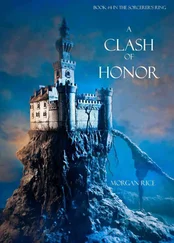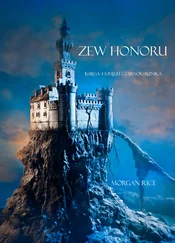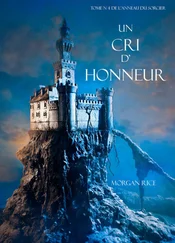As the summer of 2007 wore on and the Kosovars became more agitated, I pressed the Europeans to act. Our idea was that we would recognize the new state in concert and bring as many others along as possible. The NATO allies, particularly the French and the Germans, kept stalling, hoping for a miraculous change of heart in Moscow. Every meeting ended with a promise to get on with it but more and more time passed. When, in mid-June, the French insisted on another month’s delay, the President was furious. At an NSC meeting the next week, I found myself defending the allies’ desire for more time, despite my own reservations. The President called Putin, who told him what Lavrov had told me: “We can accept anything that the Serbs accept.”
That, of course, wasn’t helpful. At the G8 summit in Heiligendamm, Germany, Nicolas Sarkozy proposed another 120 days of negotiations at the conclusion of which, if an agreement had not been reached, the Security Council would endorse the Ahtisaari Plan. After the Heiligendamm Summit, on June 9, the President called for Kosovo’s independence at a press conference in Rome. He repeated his support for independence and the Ahtisaari Plan in Albania the following day. “One more month,” the President told me. “And then we recognize them if we have to do it alone. I’ve promised them, and we have to carry through.” The President would eventually agree, however, to the Sarkozy proposal extending negotiations another 120 days only with the understanding that it would be the final delay.
On February 18, 2008, we officially recognized Kosovo, as did many other European states. By the end of the year, fifty-three states would recognize Kosovo: most of the European countries, the United States, Canada, Australia, and several countries in Africa, Latin America, and the Middle East. Tadić survived, helped by a decision that the United States made to secure a place for Belgrade within NATO’s Partnership for Peace. The Serbs had been blocked from joining because they hadn’t yet hunted down and handed over the Balkan war criminals Ratko Mladić and Radovan Karadžić. I felt strongly that we couldn’t wait for that to happen. Serbia needed some evidence that there would be a place for it in Europe and NATO if the wound of Kosovo were ever to heal.
Today Kosovo is independent (though Moscow does not recognize it) and Serbia is moving closer to Europe, despite continued bitterness. On the day we recognized Kosovo, Brian Gunderson asked if I felt comfortable creating yet another weak state that might be unsustainable. “What choice did we have?” I asked. And added, “But in time Kosovo will be alright. It was the right thing to do.”
THE KOSOVO PROBLEM paled in comparison to the brush fires igniting in Georgia. Over the previous year tensions had been growing in the already unstable regions of Abkhazia and South Ossetia, much of it fueled by Moscow. In the spring of 2008, every week seemed to bring some new provocation to South Ossetia, from increases in the number of Russian troops (ostensibly to engage in railroad construction) to plans to issue Russian passports to the citizens living in what was Georgian territory. Lavrov had sent me a long memo detailing Russia’s grievances with Saakashvili and the Georgians—some of it legitimate, some of it concocted. It was, nonetheless, a warning sign. It was only a matter of time until a spark ignited open conflict in the area.
During a visit to Germany on June 23 for a conference on Palestinian state building, Frank-Walter Steinmeier and I developed a diplomatic plan to respond to the deteriorating situation in three phases: the first phase would include assurances that force would not be used by any party (one of Moscow’s demands of the Georgians); the second phase would involve the return of refugees and practical cooperation on the development of institutions; the third phase would be the final settlement of Abkhazia’s political status. Frank left for Tbilisi, Abkhazia, and Moscow shortly after. He told our diplomats a few days later to say that he was making progress.
I went to Tbilisi a few weeks later, on July 10, on the heels of a trip to the Czech Republic to sign the missile defense agreement that the Russians had tried to prevent. The press tried to link the two: was this a trip intended to poke a stick in Moscow’s eye? It was not, though I am sure the Kremlin read it that way.
Saakashvili met me on the terrace of Kopala Restaurant, which featured breathtaking views of the city. The Georgian president, who is big and demonstrative, pointed out the beautiful restoration work that was under way on monasteries, churches, and other historic buildings. He was very proud of his leadership of the country and rightly so: Georgia’s corruption levels (according to the Corruption Perception Index) had declined dramatically beginning with Saakashvili’s police reform initiatives in which thousands of corrupt officers had been fired and the department completely rebranded. The country was also trying to shield itself from Russia’s pressure, by attempting to use gas from Azerbaijan instead of Russia. And despite Moscow’s embargo of Georgian goods, the economy continued to grow even though large segments of the population still lived in dire poverty.
It was, nonetheless, hard to get Saakashvili to see that all of his gains were at risk because of the worsening situation in Abkhazia and South Ossetia. He’s proud and can be impulsive, and we all worried that he might allow Moscow to provoke him to use force. In fact, he himself successfully provoked conflict in another breakaway part of the country, Adjara, and benefited when it had been reintegrated into Georgia through domestic and international pressure. The precedent, we feared, might make him think that he could get away with a repeat performance in the territories located closer to Putin’s beloved Sochi.
“Mr. President,” I said, trying to shift his attention away from the rooftop tour of the city, “you need to sign a no-use-of-force pledge.”
“How can I do that when Putin is doing the things he’s doing?” he answered, suggesting that he’d sign only if the Russian gave him something in return.
“I’ll talk to the Russians, but you don’t have a choice,” I told him. “You can’t use force, and so the threat to do so doesn’t do you any good. Sign the pledge now while you have international support.”
We went back and forth for more than an hour, Saakashvili stubbornly refusing to yield. Finally, I thought I’d better get tougher. “Mr. President, whatever you do, don’t let the Russians provoke you. You remember when President Bush said that Moscow would try to get you to do something stupid. And don’t engage Russian military forces. No one will come to your aid, and you will lose,” I said sternly.
He got the point, looking as if he’d just lost his last friend. I tried to soften what I’d said by repeating our pledge to defend Georgia’s territorial integrity—with words. He asked if I’d say so publicly. I did, avoiding any language that might be misinterpreted as committing us to Georgia’s defense with arms.
THE END OF JULY had been brutal with travel to Europe, the Middle East, Singapore, Australia, New Zealand, and Samoa—all in the space of two weeks. If I can just get to August 8! I’ll play golf and visit with friends at the Greenbrier , I promised myself. And then in two weeks, I’ll be off to Beijing for the close of the Olympics. Just get to August 8!
There had been some violence in and around South Ossetia during the first days of August. Yet diplomatic activities were continuing, and there had been a relatively good report from a meeting between the European envoy and his Russian counterpart. I was a little unnerved when Dan Fried and Kurt Volker, his principle deputy, dropped by on the evening of the sixth to say that Matthew Bryza, a deputy assistant secretary for the region, was on the ground in Georgia and reported that the fighting was increasing. I was quite alarmed when I learned that Russia had evacuated more than eight hundred people from the area.
Читать дальше
